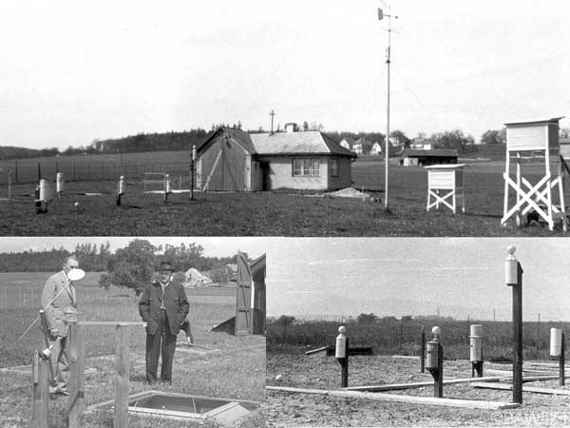50 years later, in 1995, the Institute was integrated into the Federal Agency of Water Management and received its current name. At that time it could already look back on many lasting successes and discoveries of its founding fathers to build on: Modern methods for the measurement of soil water were developed, in order to describe water flow on and below the surface.
In the last years, the collection of environmental data was shifted to the origin of the problem, for example movement of nutrients into the ground water. For this purpose, different measurement systems like leaching water samplers, monolithic field-lysimeters, or rainfall simulation devices have been developed and built. This enables us to collect specific data under various forms of land use, from conventional to biological agriculture and in forests.
Schloss Petzenkirchen – The Building
It was built as a manor in the 12th century and was surrounded by a moat. Since its renovation in the years 1998 to 2002 it serves, with its successful symbiosis of traditional architecture with modern accents, as the working environment for the approximately 20 employees of the Institute.
In the course of its diverse history the building changed hands frequently and was even owned by Emperor Franz I of Austria himself, until it became property of the state in 1909. In 1936, an agricultural engineering test field was established.
Subsequently, the present-day Institute for Land and Water Management Research moved into the manor in 1945 as the State-Department of the Ministry for Agriculture and Forestry.
In 1953, the first extension to the main building was constructed. In 1987, a second one was completed. In the years 1998 to 2002 the manor and its extensions were renovated and modernised. In the course of these renovations a glass roof was added over the courtyard and modern seminar rooms were established.

